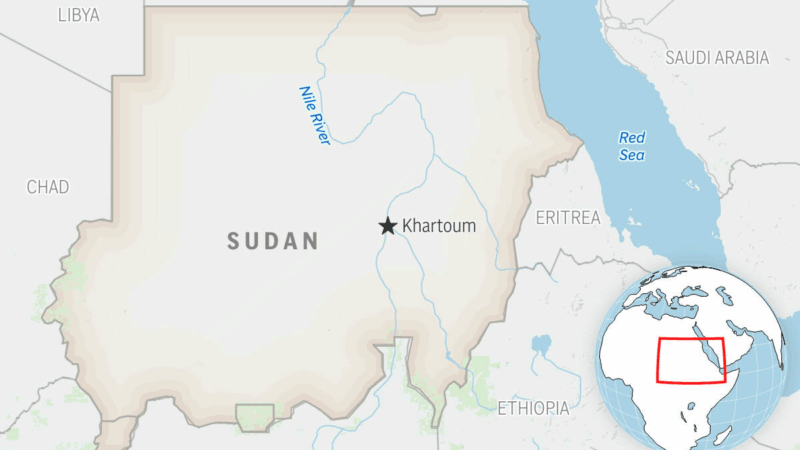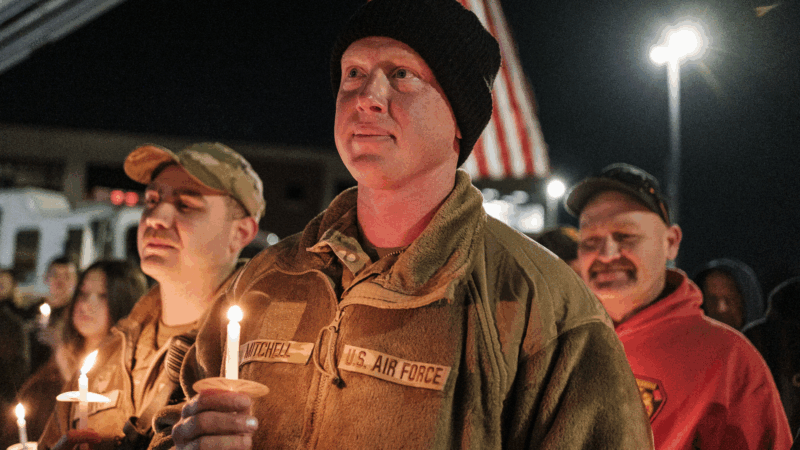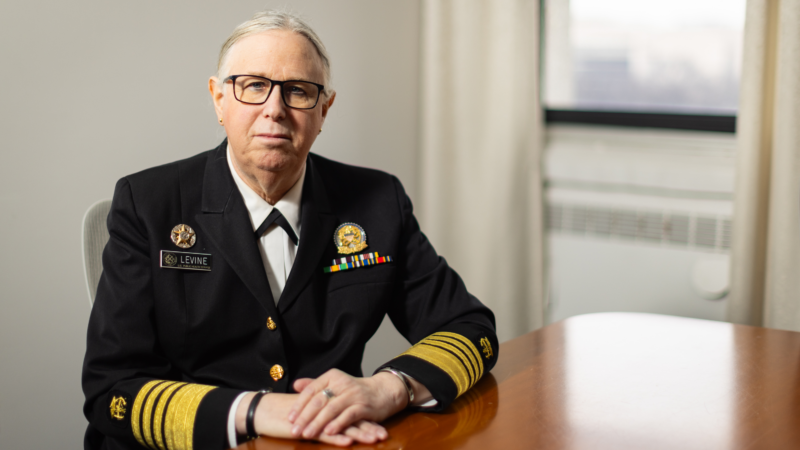The Private Eye Program
What’s common to all academic subjects? Well … thinking. “Critical thinking” is a buzzword for a reason, regardless of whether educators think today’s students do it well enough: it’s basic to what students are meant to do in school. But can you actually teach thinking? From the Southern Education Desk at WBHM, Dan Carsen reports on an innovative program trying to do just that:
Teachers sit through lots of professional development workshops, some helpful, some not so much. About 20 Alabama educators in a classroom at Leeds High School, 20 miles east of Birmingham, clearly think this day’s session on The Private Eye program is of the helpful variety. Normally, training workshops are grouped by grade or subject. But this group is made of special ed teachers, administrators, and educators of all subjects, from first grade up through college.
That’s because the Private Eye program is not meant to teach any one subject, but something at the root of every subject: thinking itself.
Joan Dawson, one of the presenters and co-director of the Alabama Hands-On Activity Science Program (ALAHASP) at UAB explains, “It helps people build even better brains than they already have. They are able to take what they know, and apply it immediately into absolutely new ways of learning.”
But how do you do that?
The Private Eye uses inexpensive tools and a deceptively simple questioning approach based on neuroscience, which shows our brains are both highly plastic and “wired for analogy.” In other words, we learn by observing and then relating those observations to things we already know, and then our brain rewires itself with a new understanding.
So first, kids closely observe the world in a new way, through jeweler’s magnifying lenses called loupes (pronounced “LOOPS”). As one teacher put it, “cliché is stripped away,” and a sense of wonder ensues as magnification seems to change everyday things into something else entirely. But that’s just the beginning. Regardless of subject, students are nudged to make comparisons, and then more comparisons, between what they’re seeing and things they’re already familiar with. This process is repeated, often 10 times, partly to forge mental connections, partly because it shows there’s no wrong answer, that it’s a creative process.
The central, repeated question of the program is “What else does it remind you of?” It’s really an approach, a habit of mind. Beverly Radford, the other presenter and co-director of “target=”New_Window”>ALAHASP, explains that it applies to every academic area and beyond:
“We’ve even done this for professionals, like for Leadership Birmingham. Every single one of them thought it was created for their areas.”
Terri Lee Gibson, who teaches math at Leeds High, says, “I love the creativity, and I think it’ll get the kids thinking more deeply, and having them look at something from a different perspective.”
She plans to use the approach to get kids thinking about what geometric shapes and graphs of quadratic functions resemble in the real world. It’s easier to jump from there to how that math can be used in the design of real things.
Speaking of the need for higher order thinking in the real world, Beverly Radford says it’s vital to train students to be better thinkers:
“… what they have to become are what we call ‘baloney detectors.’ They have to use evidence to make their decisions, and not everybody knows how to find evidence to make those good decisions. And they’re being prepared for jobs that haven’t even been created yet. So again, it’s not about factoids, it’s about how do you analyze, how do you think.”
Making mental connections between things makes actual neurological connections in the brain. And since we’re talking analogies, you might say the Private Eye program is trying to improve students’ “hardware” through brain-building exercise so they better upload the “software” of say, ninth-grade social studies. Or just about anything else they come across.
Sudanese paramilitary drone attack kills 50, including 33 children, doctor group says
Thursday's attack is the latest in the fighting between the paramilitary group, the Rapid Support Forces, also known as the RSF, and the Sudanese military, who have been at war for over two years.
Russia unleashes drone and missile attack on Ukraine as diplomatic talks continue
Russia unleashed a major missile and drone barrage on Ukraine overnight into Saturday, after U.S. and Ukrainian officials said they'll meet on Saturday for talks aimed at ending the war.
Takeaways from the latest special election and what it means for control of the House
There was yet another sign this week of a potential 2026 wave that could hand control of the House of Representatives to Democrats.
West Virginians question National Guard deployments after attack on 2 of their own
Army Specialist Sarah Beckstrom was fatally shot in Washington, D.C., while Air Force Staff Sergeant Andrew Wolfe was seriously wounded. Trump says the deployments are necessary to fight crime, but others disagree.
Trump official signals potential rollback of changes to census racial categories
Trump officials are reviewing changes to racial and ethnic categories that the Biden administration approved for the 2030 census and other federal government forms, a White House agency official says.
HHS changed the name of transgender health leader on her official portrait
Admiral Rachel Levine was the first transgender person to be confirmed by the Senate to serve in the federal government. Her official portrait at HHS headquarters has been altered.






